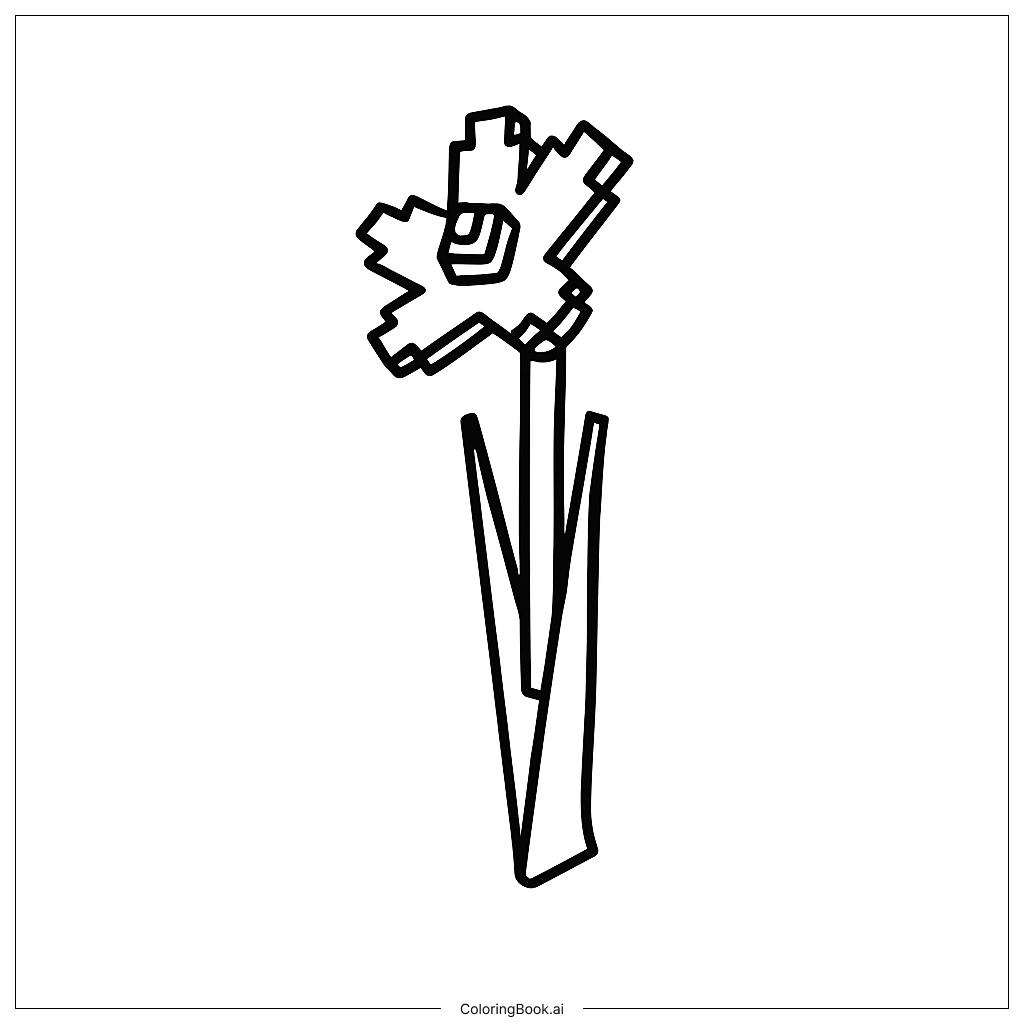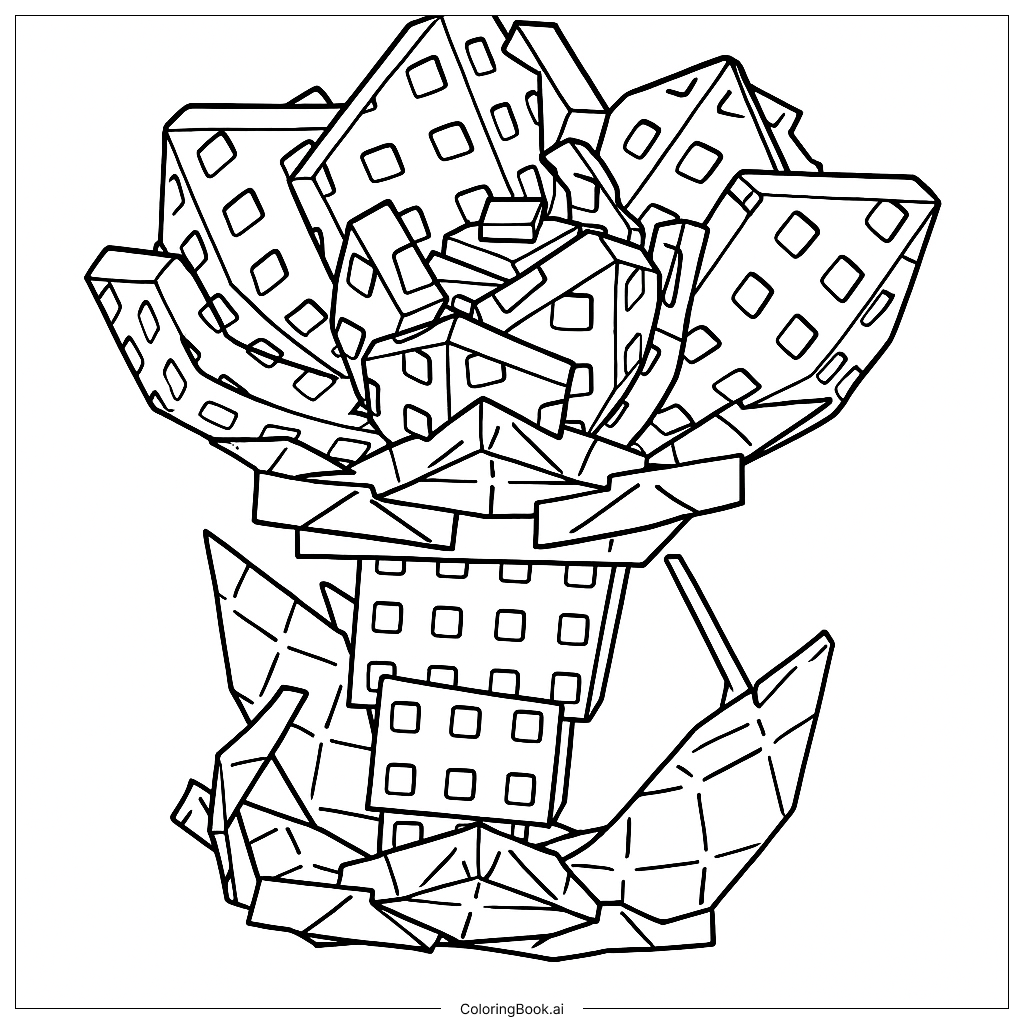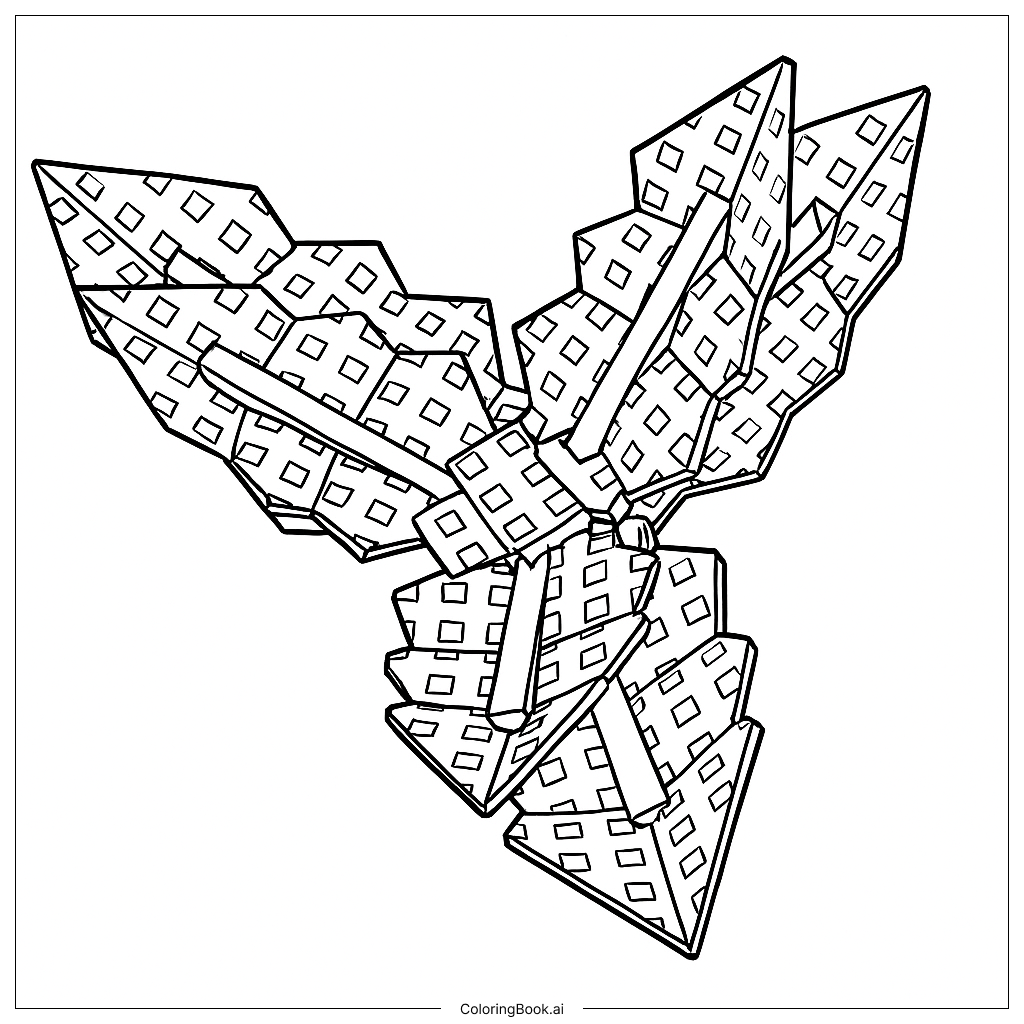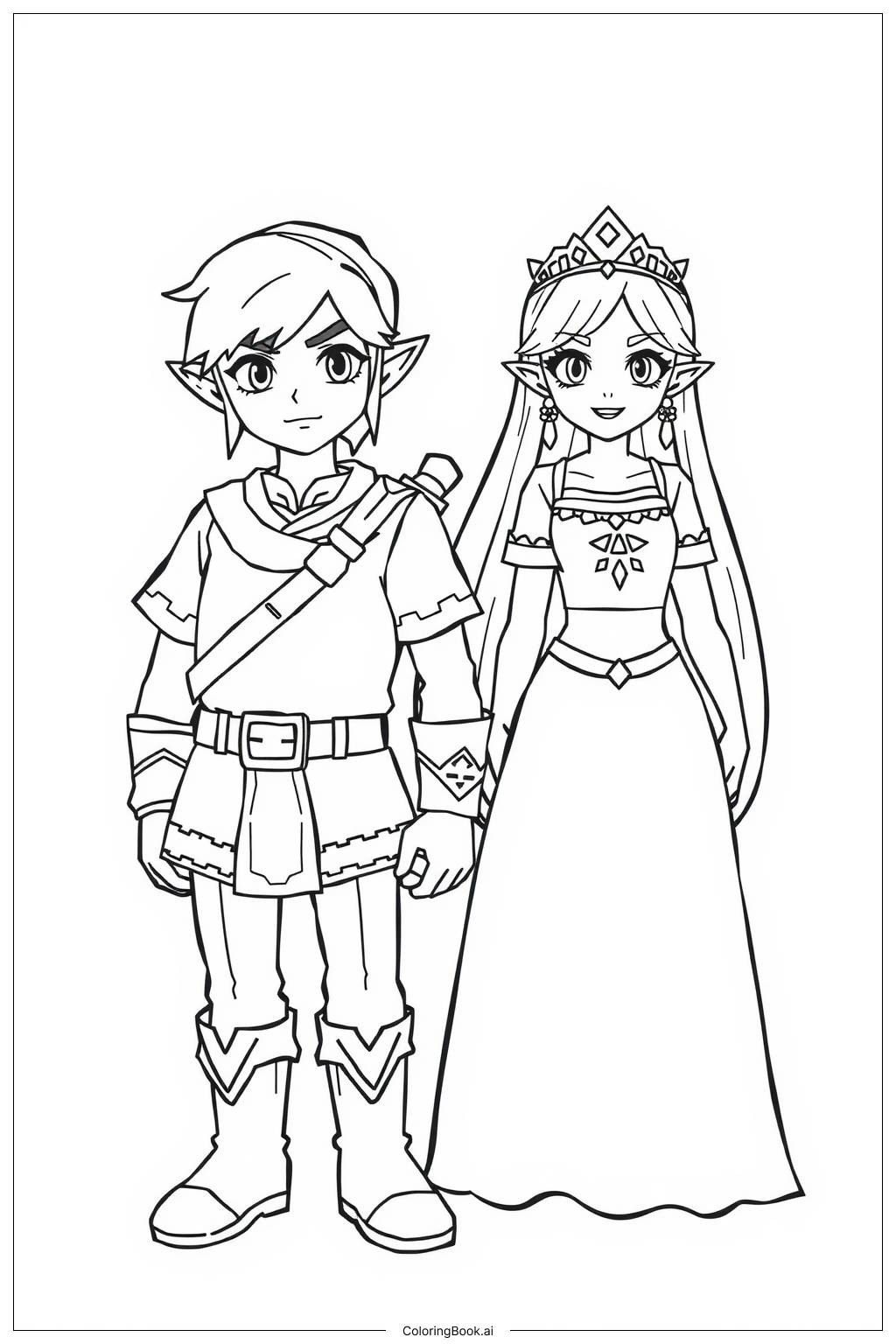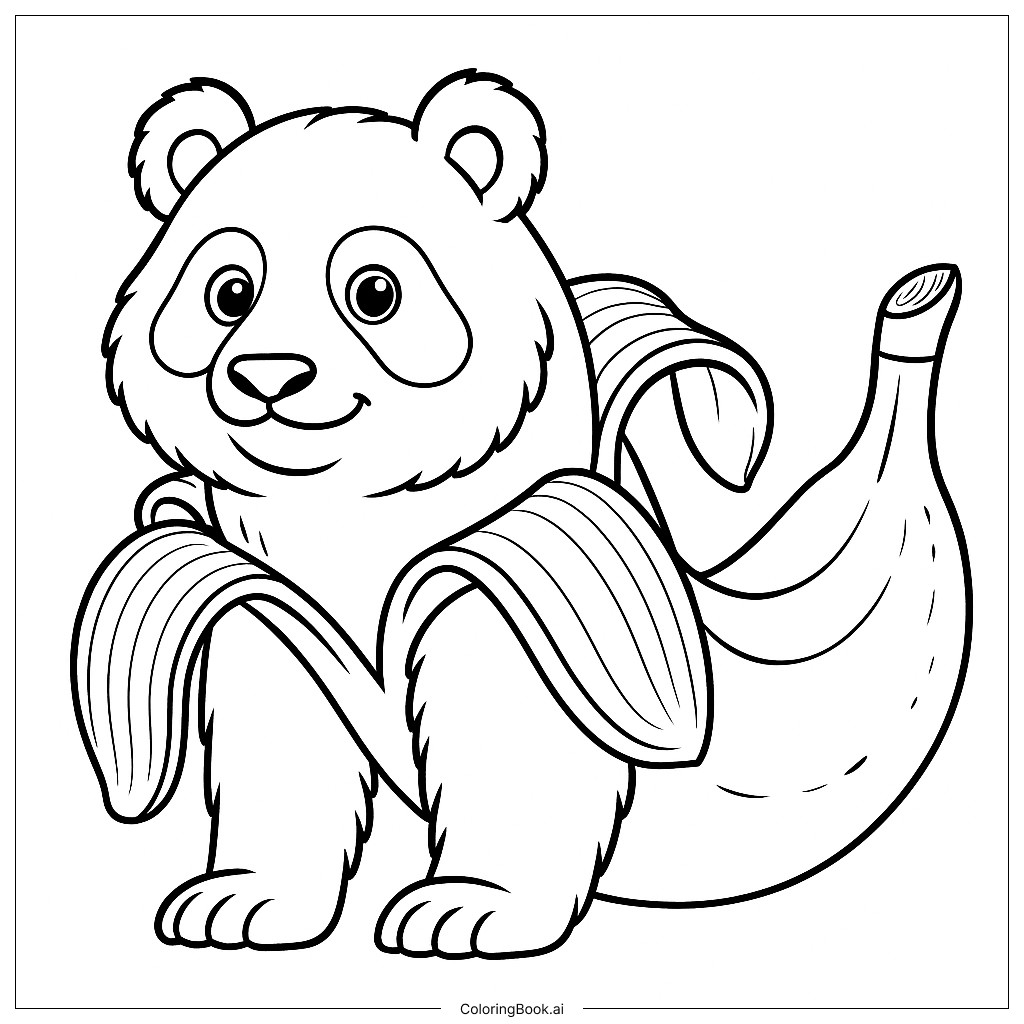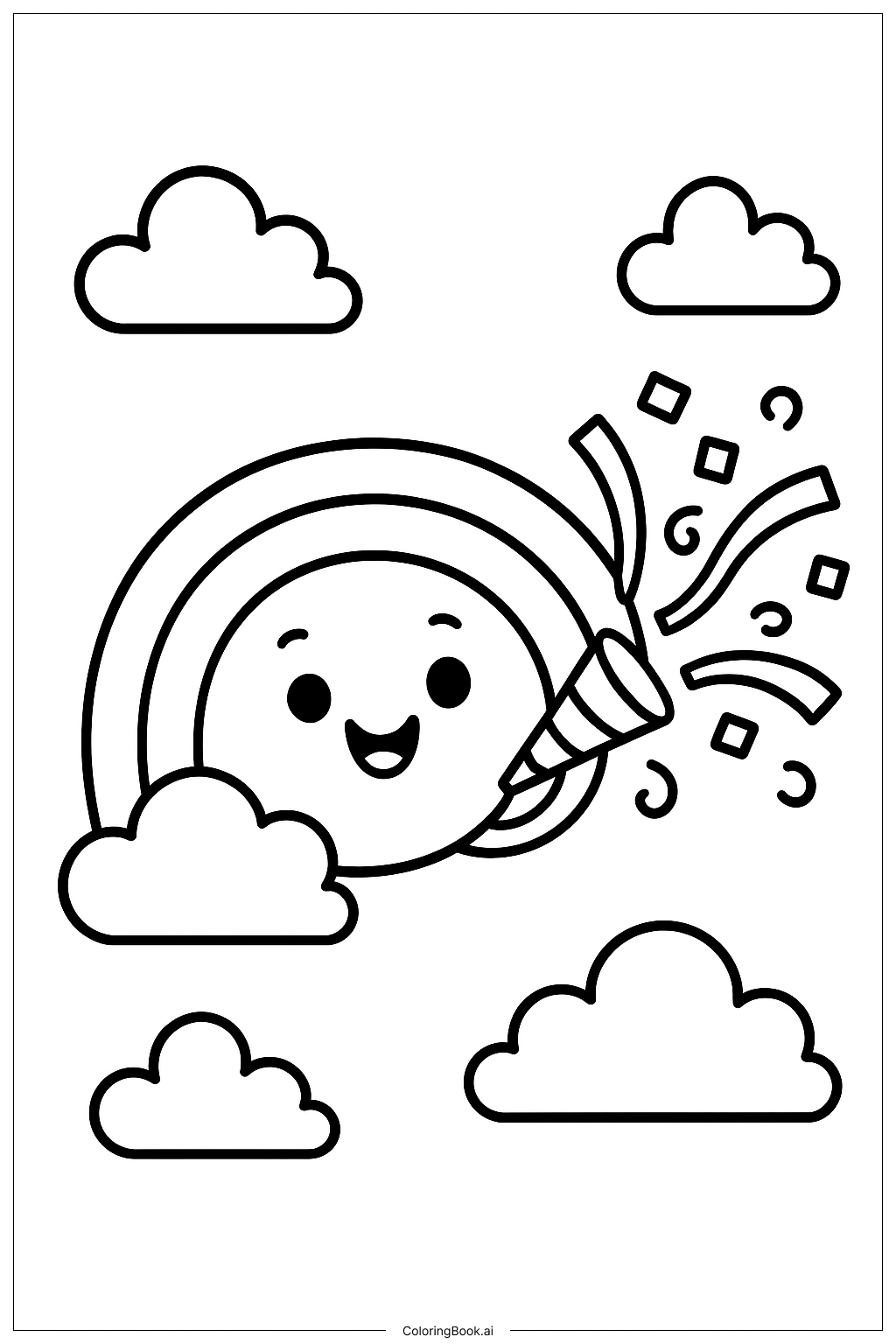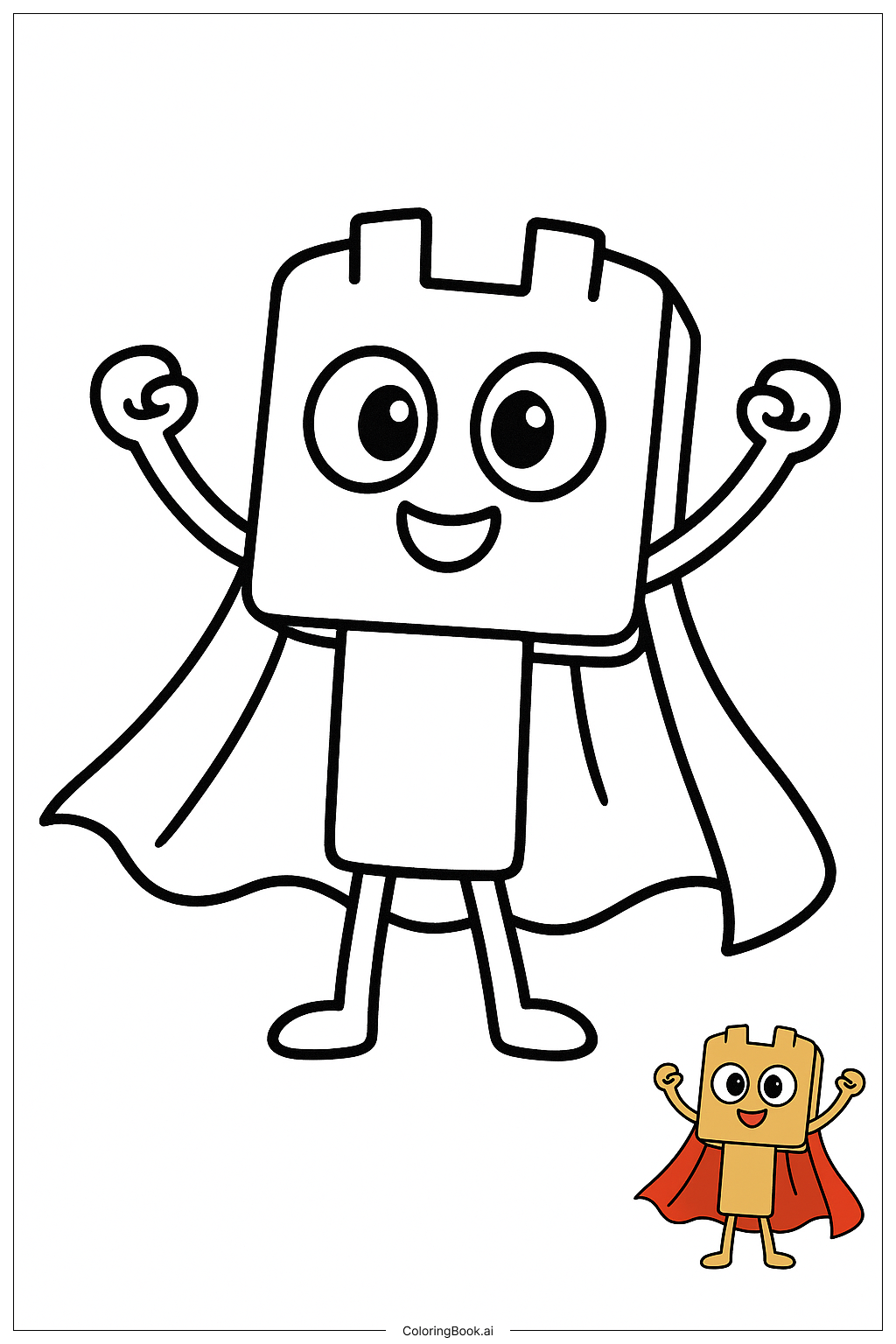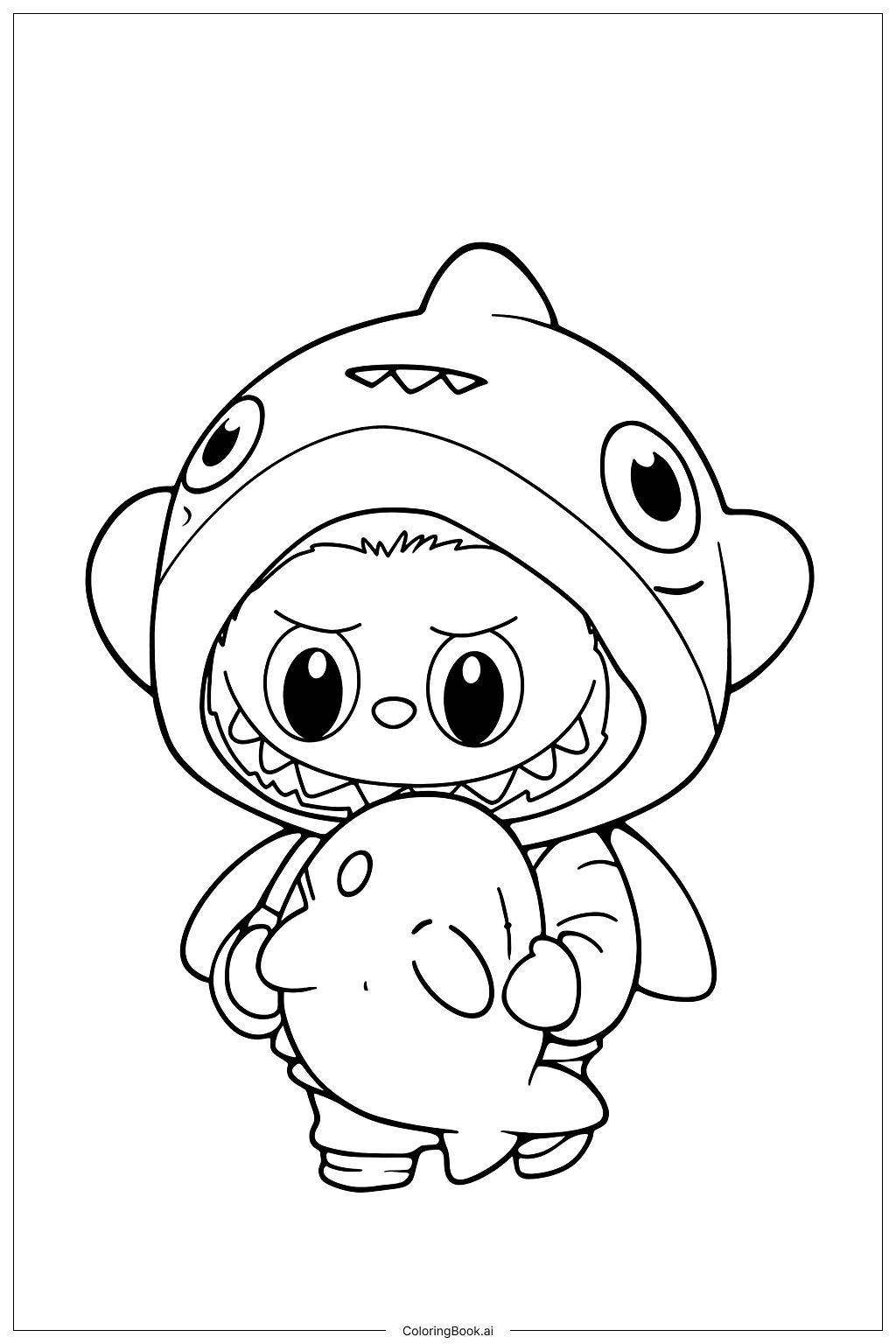Coloring tips: How to color Flower coloring page well?
Use bright and vivid colors to make the flower stand out. You can color the petals with shades of red, pink, yellow, or purple. For the flower's center, try orange or brown tones to add contrast. The stem and leaves look good with different shades of green. You can add some creativity by blending colors or adding small patterns inside the petals. Try to stay within the lines to keep the picture neat and beautiful. Don’t be afraid to experiment with colors to make the flower look unique!
Coloring challenges: Which parts are difficult to color and need attention for Flower coloring page?
1. The petals have a jagged and irregular shape, which can be tricky to color neatly. It requires careful control to stay inside the edges.
2. The stem and leaves are long and narrow, which might be challenging for younger children to color evenly without crossing over the lines.
3. There are some small spaces near the flower’s center that need precise coloring to make the design clear.
4. Balancing colors between petals, leaves, and the stem could be a challenge since they all need to look harmonious.
5. The simple style means there are fewer details to hide mistakes, so coloring must be accurate to keep it looking nice.
Benefits of coloring books: Advantages of drawing Flower coloring page
Coloring this flower helps improve hand-eye coordination and fine motor skills. It encourages kids to focus on small spaces and control their pencil or crayons carefully. The exercise teaches patience and attention to detail. It also allows children to explore color choices and creativity by mixing and matching different shades. Coloring flowers can boost appreciation for nature and spark interest in gardening. Overall, this activity supports learning and relaxation at the same time.
